Home>Articles>What Is The Ideal Treatment Time For A Garment Steamer
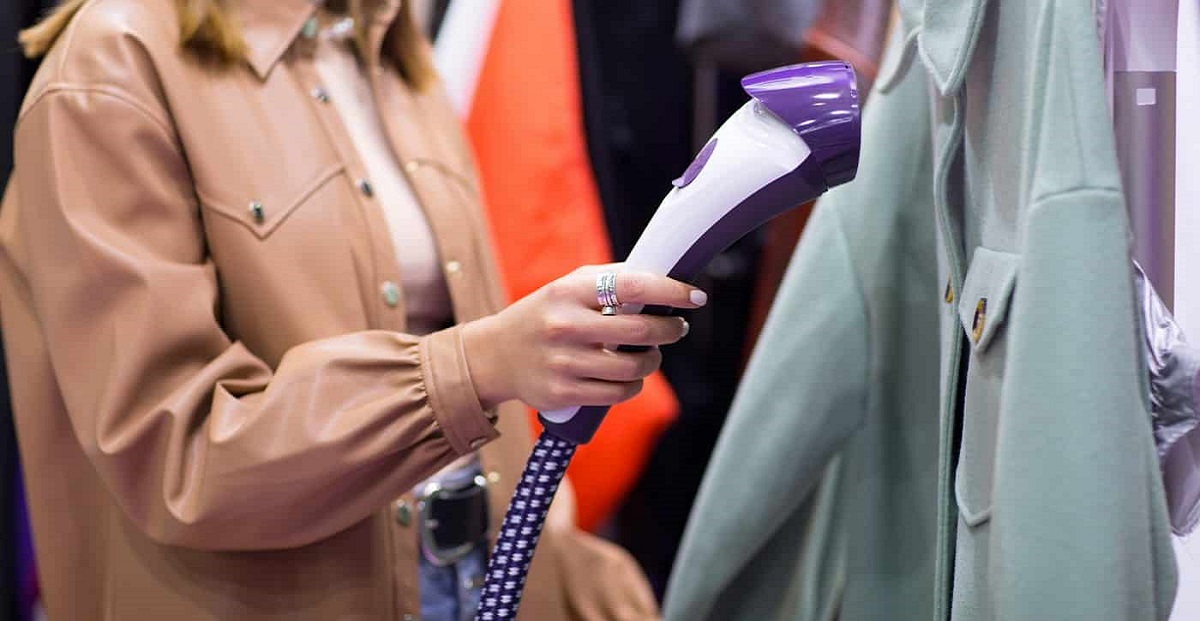

Articles
What Is The Ideal Treatment Time For A Garment Steamer
Modified: August 16, 2024
Find out the average treatment duration for a steamer in this informative article. Discover the optimal time required for effective results.
(Many of the links in this article redirect to a specific reviewed product. Your purchase of these products through affiliate links helps to generate commission for Storables.com, at no extra cost. Learn more)
Introduction
Steamers have become an indispensable tool for both professional garment care and everyday household use. Whether you’re a fashion enthusiast looking to remove wrinkles from delicate fabrics or a business owner requiring a quick and efficient way to refresh clothing items, understanding the normal treatment time for a steamer is essential.
In this article, we will explore the factors that can affect the treatment time of a steamer, including steam pressure, temperature, fabric type, and garment thickness. We will also discuss different types of steamers and provide tips for efficient and effective steaming.
So, if you’re ready to dive into the world of steamers and discover the secrets to achieving wrinkle-free garments in no time, let’s get started!
Key Takeaways:
- Mastering the treatment time for your steamer is crucial for efficient and effective wrinkle removal. Factors like fabric type, garment size, and steam pressure play a key role in achieving optimal results.
- Understanding the specific needs of different garment types is essential for successful steaming. Delicate fabrics, structured garments, and pleated items all require tailored steaming techniques to maintain their quality and appearance.
Understanding Steamers and Their Uses
Steamers are versatile and efficient tools designed to remove wrinkles and freshen garments without the need for an ironing board or excessive heat. They work by emitting steam, which helps relax and reshape the fabric fibers, resulting in a smoother and more presentable appearance.
One of the main advantages of steamers is their ability to treat a wide range of fabrics, including delicate materials such as silk and chiffon that may be more prone to damage from direct heat. Steamers also offer added convenience by eliminating the need for constant hand pressure, making them a popular choice for people with mobility issues or those who require a quick and hassle-free solution.
Aside from removing wrinkles, steamers can also be used for other purposes, such as sanitizing and deodorizing garments. The high temperatures reached by the steam can effectively kill bacteria, allergens, and odors, making steamers a useful tool for refreshing items that cannot be easily machine-washed or dry-cleaned.
Moreover, steamers are not limited to use on clothing alone. They can also be employed to freshen up upholstery, curtains, and even household items like pillows and stuffed toys. This versatility makes steamers a valuable asset for maintaining a clean and presentable living space.
With their ease of use, versatility, and ability to effectively treat a wide variety of fabrics and items, it’s no surprise that steamers have gained popularity among both professional garment care services and individuals seeking convenient and efficient solutions for their clothing maintenance needs.
Factors Affecting Treatment Time
The treatment time for a steamer can vary depending on several factors. Understanding these factors will help you determine the optimal time needed to achieve the desired results. Here are the key factors that can influence the treatment time:
- Fabric Type and Thickness: Different fabrics have varying resistance to wrinkles and require different amounts of time to be steamed. Thin and delicate fabrics like silk or chiffon may require shorter treatment times, while thicker fabrics like denim may need longer steaming to penetrate and relax the fibers.
- Garment Size: The size of the garment can also affect the treatment time. Larger garments, such as dresses or coats, may require more time to ensure even steaming throughout the entire fabric.
- Level of Wrinkles: The severity of wrinkles on the garment will determine the treatment time needed. Light wrinkles may be removed quickly, whereas deep-set wrinkles may require more time and direct steam exposure to fully eliminate.
- Steamer Type: Different types of steamers have varying steam generation capabilities, which can impact the treatment time. Professional-grade steamers with higher steam pressure and volume can expedite the process compared to handheld or travel-sized steamers.
- Steam Pressure and Temperature: The steam pressure and temperature settings on the steamer play a crucial role in the treatment time. Higher pressure and temperature settings can accelerate the steaming process, but caution must be exercised to avoid damaging delicate fabrics.
It’s important to consider these factors when using a steamer to ensure effective and efficient treatment. Starting with the recommended treatment time for the fabric type, you can adjust accordingly based on the garment size, level of wrinkles, and the capabilities of your steamer.
By understanding these factors, you can achieve optimal results and maximize the benefits of steaming for your garments.
The Role of Steam Pressure and Temperature
When it comes to steamers, the pressure and temperature of the steam are vital factors that can significantly impact the treatment time and effectiveness of steaming. Let’s take a closer look at the role of steam pressure and temperature:
Steam Pressure: The pressure at which steam is emitted from a steamer affects its ability to penetrate and relax the fabric fibers. Higher steam pressure allows the steam to reach deeper into the fabric, resulting in faster wrinkle removal and more effective results. Professional-grade steamers typically generate higher steam pressure compared to handheld or travel-sized steamers.
Steam Temperature: The temperature of the steam plays a crucial role in eliminating wrinkles and refreshing garments. Higher steam temperatures can facilitate better fabric relaxation and faster wrinkle removal. However, it’s important to note that certain fabrics may be sensitive to high temperatures and can get damaged. It is advisable to adjust the steam temperature according to the fabric type and manufacturer’s recommendations.
It’s worth mentioning that steamers with adjustable steam pressure and temperature settings provide users with more control over the treatment process. This allows for customization based on fabric sensitivity, garment size, and the severity of wrinkles. Properly adjusting the steam pressure and temperature will result in efficient and safe steaming, ensuring the best outcomes for your garments.
It’s also important to note that some steamers have a preheating period before they can generate steam at optimal pressure and temperature. This preheating time should be considered when calculating the overall treatment time.
By understanding the role of steam pressure and temperature, you can optimize the treatment time for your steamer, enabling quick and effective wrinkle removal while taking into account the fabric’s sensitivity to heat.
Steamer Types and Their Treatment Times
There are various types of steamers available in the market, each with its own features and treatment times. Let’s explore some common steamer types and their treatment times:
- Handheld Steamers: Handheld steamers are compact and portable, making them ideal for traveling or quick touch-ups. The treatment time for handheld steamers can range from a few seconds to a couple of minutes, depending on the fabric type, garment size, and the severity of wrinkles.
- Travel-Sized Steamers: Similar to handheld steamers, travel-sized steamers are designed for convenience and portability. Treatment times for travel-sized steamers are generally comparable to handheld steamers, varying from a few seconds to a few minutes.
- Garment Steamer with Stand: Garment steamers with a stand are larger and offer more stability and convenience, often used by professionals or individuals with a high volume of garments to treat. Treatment times for these steamers can range from a few minutes for light fabrics to around 10-15 minutes for thicker fabrics or heavily wrinkled garments.
- Professional-Grade Steamers: Professional-grade steamers are larger and more powerful, often used in garment care services or industrial settings. These steamers can generate higher steam pressure and volume, resulting in faster treatment times. Treatment times for professional-grade steamers can range from a few minutes to as little as 30 seconds for light fabrics.
It’s important to note that the treatment times mentioned above are approximate and can vary based on the factors we discussed earlier, such as fabric type, garment size, level of wrinkles, and the capabilities of the steamer.
Choosing the right steamer type depends on your specific needs and preferences. Handheld and travel-sized steamers are suitable for quick treatments and small garments, while garment steamers with a stand or professional-grade steamers are better suited for larger or heavily wrinkled items.
Ultimately, the goal is to select a steamer that fits your requirements and provides the desired treatment time for your garments.
The normal treatment time for a steamer can vary depending on the specific treatment being performed, but a general guideline is around 10-20 minutes for facial steaming and 20-30 minutes for hair steaming. Always follow the manufacturer’s instructions for best results.
Read more: What Is A Flower Steamer
The Importance of Fabric Type and Thickness
When it comes to steaming garments, considering the fabric type and thickness is crucial for achieving optimal results. Different fabrics and thicknesses require varying treatment times and techniques. Here’s why fabric type and thickness are important:
Fabric Type: Each fabric has its own unique characteristics and response to steam. Delicate fabrics such as silk, satin, or chiffon may require shorter treatment times to avoid damage or shrinkage, while sturdier fabrics like cotton or linen may need longer steaming to effectively remove wrinkles. It’s essential to refer to the fabric care label or manufacturer’s recommendations to determine the appropriate treatment time for specific fabric types.
Fabric Thickness: The thickness of the fabric influences how quickly steam can penetrate and relax the fibers. Thicker fabrics require more time for the steam to effectively reach into the fabric layers and release the wrinkles. This is particularly important for garments made from heavy fabrics like denim or wool. To ensure thorough steaming, it may be necessary to steam thicker fabrics using longer treatment times or by applying steam directly to the fabric’s wrinkled areas.
It’s important to note that some fabrics, especially delicate ones, may benefit from using a protective cloth or steaming from a distance to minimize direct steam contact. This approach can help prevent potential damage or water spots that may occur when steaming certain fabric types.
Understanding fabric type and thickness not only helps determine the appropriate treatment time but also ensures that you treat your garments safely and effectively. By taking into account these factors, you can achieve wrinkle-free and fresh-looking garments without compromising their quality.
Considerations for Different Garment Types
When using a steamer, it’s essential to consider the specific needs and characteristics of different garment types to achieve the best results. Here are some key considerations to keep in mind:
Delicate Fabrics: Delicate fabrics such as silk, chiffon, or lace require extra care during steaming. It’s important to use the lowest steam pressure and a gentle touch when steaming delicate garments to avoid damage. For sheer fabrics, consider using a protective cloth or steaming from a distance to prevent direct steam contact.
Structured Fabrics: Structured garments like blazers or jackets may have creases that require more time and targeted steaming to achieve desired results. Pay attention to areas such as collars, lapels, and shoulder pads, and use steam bursts or hold the steamer nozzle closer to the fabric to effectively smooth out wrinkles.
Knitwear: Knitwear, such as sweaters or cardigans, can be more sensitive to heat and require gentle steaming. Use a lower steam temperature setting to prevent stretching or misshaping the fabric. It’s also advisable to steam knitwear from the inside, using a steam nozzle or placing a cloth between the steamer and the garment, to minimize direct steam contact.
Pleated Garments: Pleated garments, like skirts or dresses, need extra care to maintain their pleat shape. When steaming pleats, hold the steamer nozzle vertically and gently steam from the top to the bottom of the pleats, without pressing too hard. This will help preserve the crispness and definition of the pleats.
Embroidered or Beaded Garments: Garments with delicate embroidery or beadwork require special attention during steaming. To avoid damaging these intricate details, place a thin cloth or towel over the embellished areas and steam from a distance. This will allow the steam to penetrate the fabric while protecting the decorative elements.
Layered or Lined Garments: Layered or lined garments, like dresses or coats, may require additional steam treatment to ensure each layer is effectively steamed. Lift the outer layers and steam each layer separately, making sure the steam reaches all areas, especially hems, cuffs, and collars.
By considering the specific requirements of different garment types, you can tailor your steaming technique to ensure effective wrinkle removal while maintaining the integrity and quality of the garments. Taking these considerations into account will help you achieve outstanding results with your steamer.
Tips for Efficient and Effective Steaming
To make the most out of your steaming sessions and achieve efficient and effective results, consider the following tips:
- Preparation is key: Before steaming, ensure the garment is free from any heavy dirt or debris. Lightly brush or shake the garment to remove any loose particles that may affect the steaming process.
- Hang garments properly: Hang the garment on a sturdy hanger, ensuring it is taut and smooth. This allows for better steam penetration and wrinkle removal.
- Start from top to bottom: Begin steaming from the top of the garment and work your way down. This ensures that any wrinkles or creases are efficiently treated, and the steam has enough time to work on stubborn areas.
- Use steam bursts: For deep-set wrinkles or stubborn areas, utilize short bursts of steam directly on the specific region. This targeted approach helps to relax the fibers and smooth out the wrinkles effectively.
- Steam in a sweeping motion: Move the steamer nozzle in a sweeping motion across the fabric, allowing the steam to evenly penetrate the garment. Avoid staying in one spot for too long to prevent any potential damage or excessive moisture buildup.
- Be aware of fabric sensitivity: Different fabrics have varying levels of sensitivity to heat and steam. Adjust the steam temperature and pressure based on the fabric type and the manufacturer’s recommendations to ensure safe and effective steaming.
- Allow time for drying: After steaming, give the garment ample time to dry completely before wearing or storing it. This will help prevent any moisture-related issues and allow the garment to regain its shape and crispness.
- Clean and maintain your steamer: Regularly clean and descale your steamer to ensure optimal performance. Follow the manufacturer’s instructions for maintenance and be diligent in removing any mineral deposits to prevent clogging and ensure a consistent steam flow.
- Practice on less delicate fabrics: If you are new to steaming, it’s a good idea to practice on less delicate fabrics before moving on to more delicate or expensive garments. This will help you become more familiar with the steamer and gain confidence in your steaming technique.
- Follow garment care instructions: Always refer to the care label or manufacturer’s instructions for specific recommendations on steaming or any fabric-related precautions. This ensures that you are treating the garment properly and avoiding any potential damage.
By following these tips, you can streamline your steaming process, achieve wrinkle-free results, and prolong the life of your garments. Efficient steaming not only saves time but also ensures that your clothes look fresh, well-maintained, and ready to be worn.
Conclusion
Steamers have revolutionized the way we care for our garments, providing a convenient and efficient solution for removing wrinkles and refreshing fabrics. By understanding the factors that affect treatment time, such as fabric type, garment thickness, steam pressure, and temperature, you can optimize the steaming process and achieve the best results.
Whether you’re using a handheld steamer for quick touch-ups or a professional-grade steamer for larger or heavily wrinkled garments, it’s important to consider the specific needs of different fabric types and garment styles. Delicate fabrics require gentler steaming techniques, while structured or pleated garments may need more attention to detail.
Efficient and effective steaming can be achieved by following proper preparation techniques, starting from the top of the garment, utilizing steam bursts for stubborn wrinkles, and maintaining a steady sweeping motion. It’s also essential to be mindful of fabric sensitivity, follow care instructions, and allow garments to dry thoroughly after steaming.
By implementing these tips and techniques, you can make the most out of your steamer and ensure your garments always look fresh and wrinkle-free. Remember to clean and maintain your steamer regularly to prolong its lifespan and maintain consistent steaming performance.
Whether you’re a fashion enthusiast, a professional garment care service, or someone who simply wants to maintain a well-groomed appearance, a steamer is a valuable tool that can vastly improve your garment care routine. With the right approach and understanding of treatment times, you can effortlessly achieve the polished and presentable look you desire.
So, get ready to say goodbye to wrinkles and hello to perfectly steamed garments. Embrace the power of steamers, and enjoy the convenience, efficiency, and effectiveness they bring to your clothing maintenance routine!
Frequently Asked Questions about What Is The Ideal Treatment Time For A Garment Steamer
Was this page helpful?
At Storables.com, we guarantee accurate and reliable information. Our content, validated by Expert Board Contributors, is crafted following stringent Editorial Policies. We're committed to providing you with well-researched, expert-backed insights for all your informational needs.
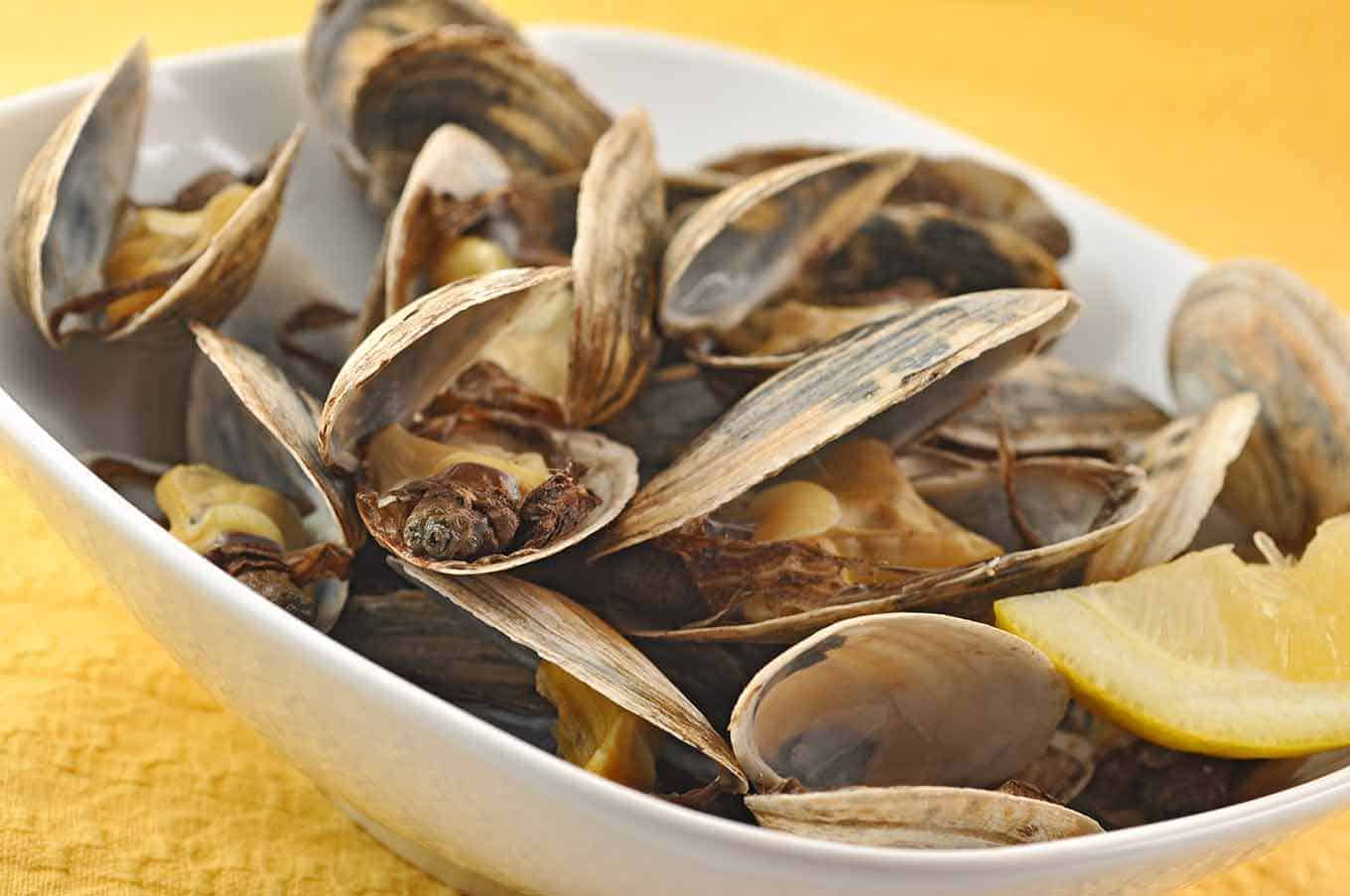
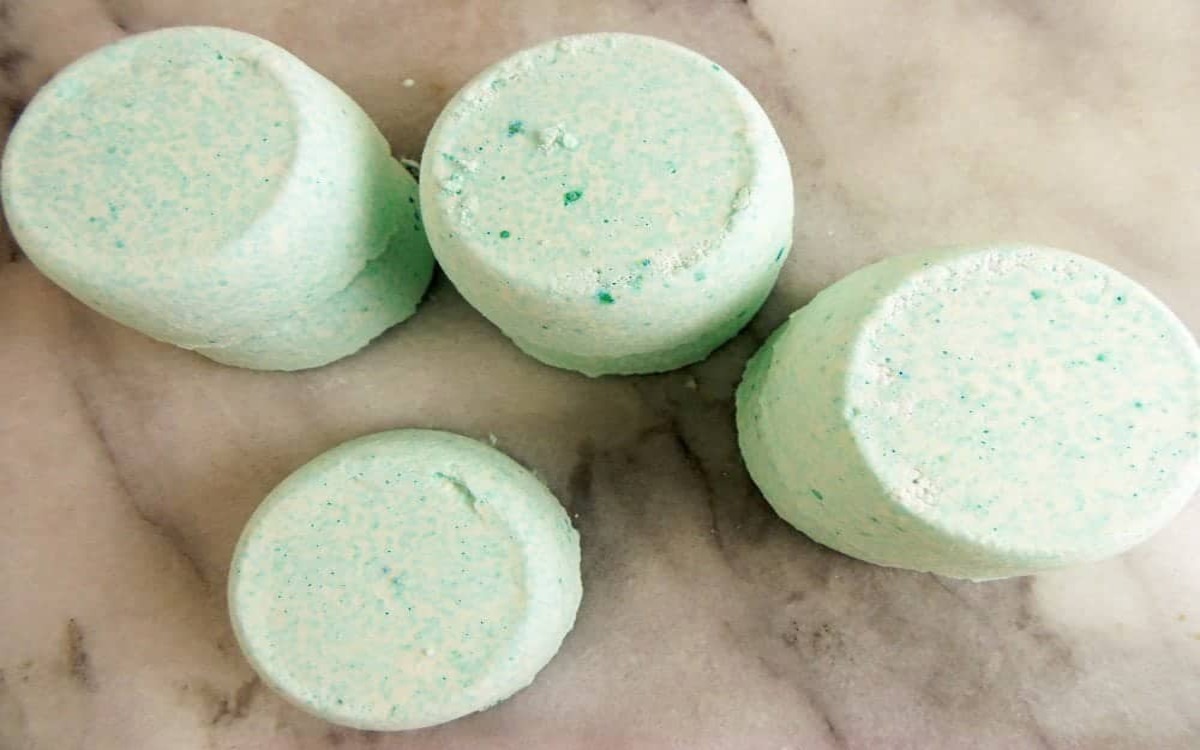
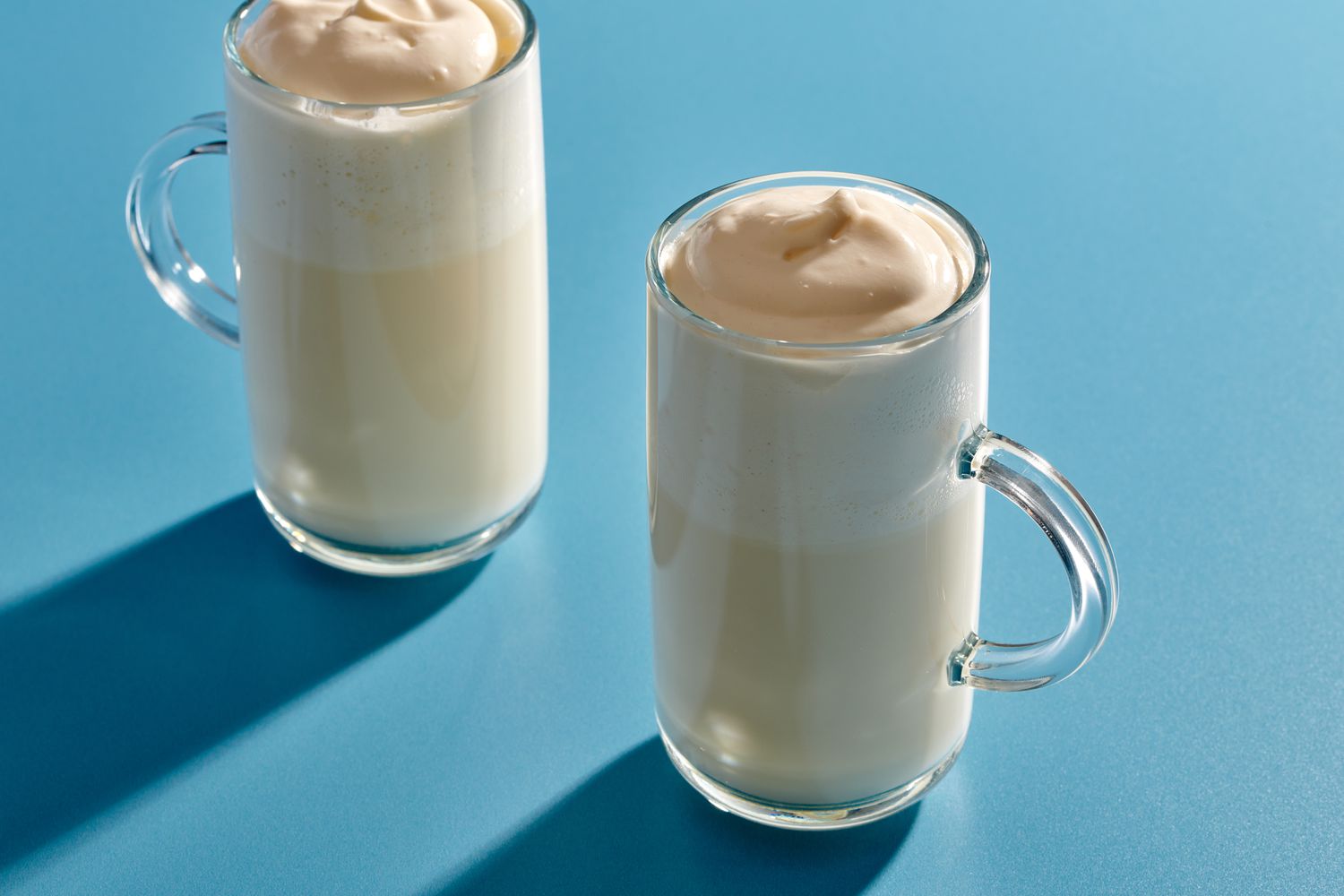

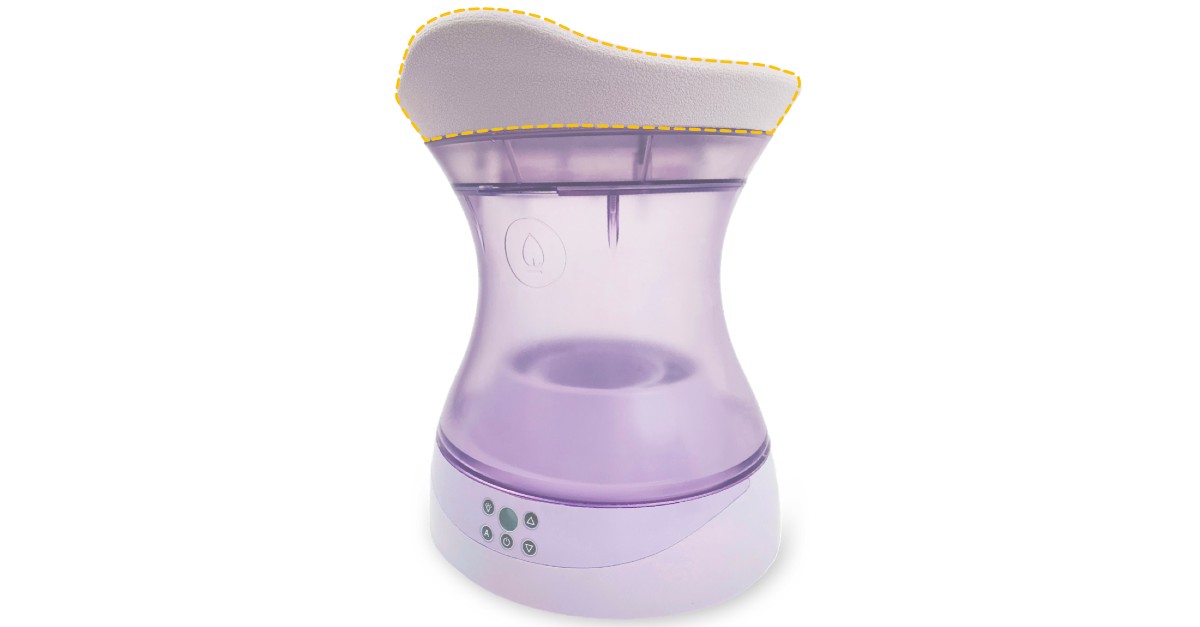
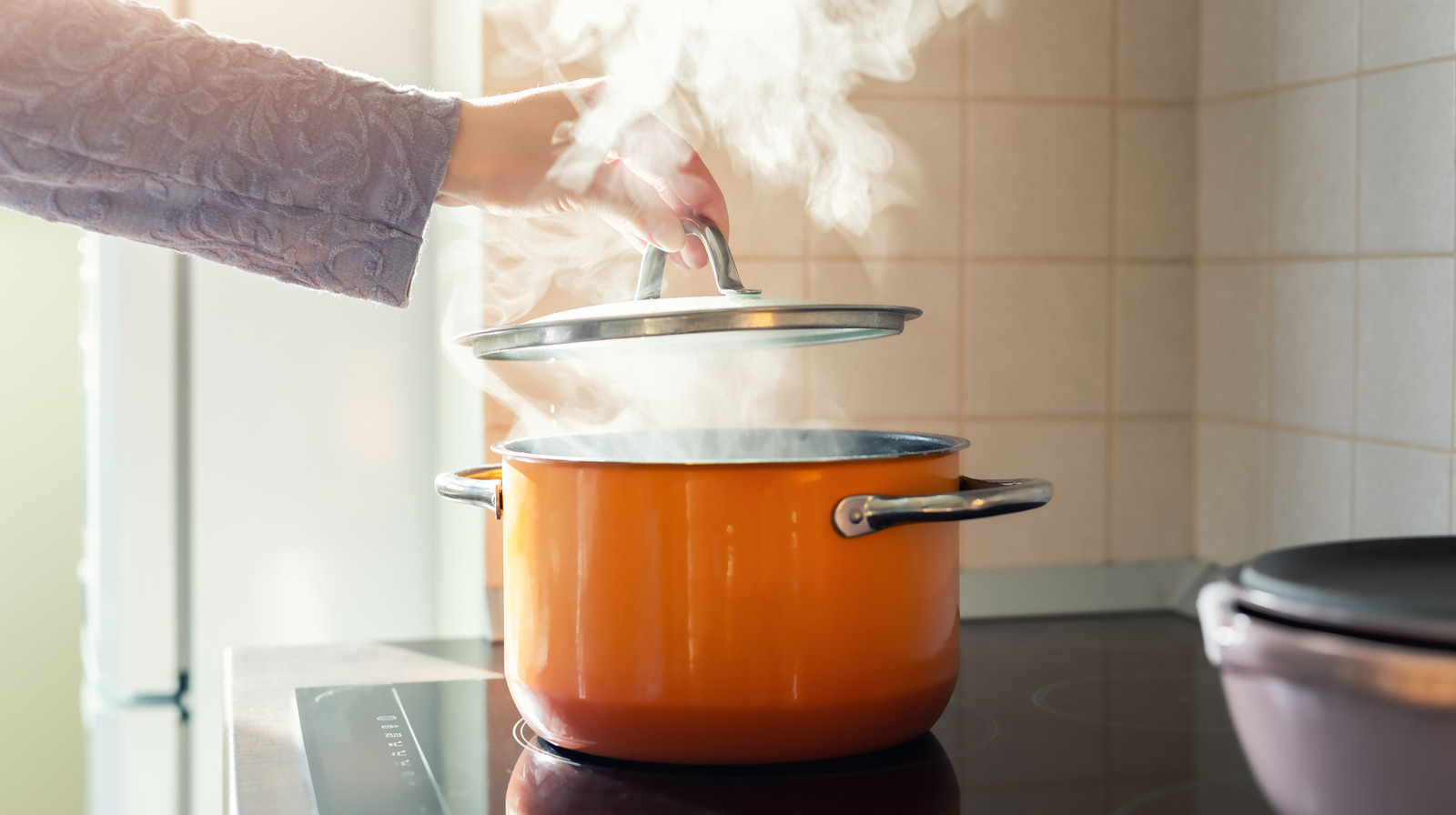
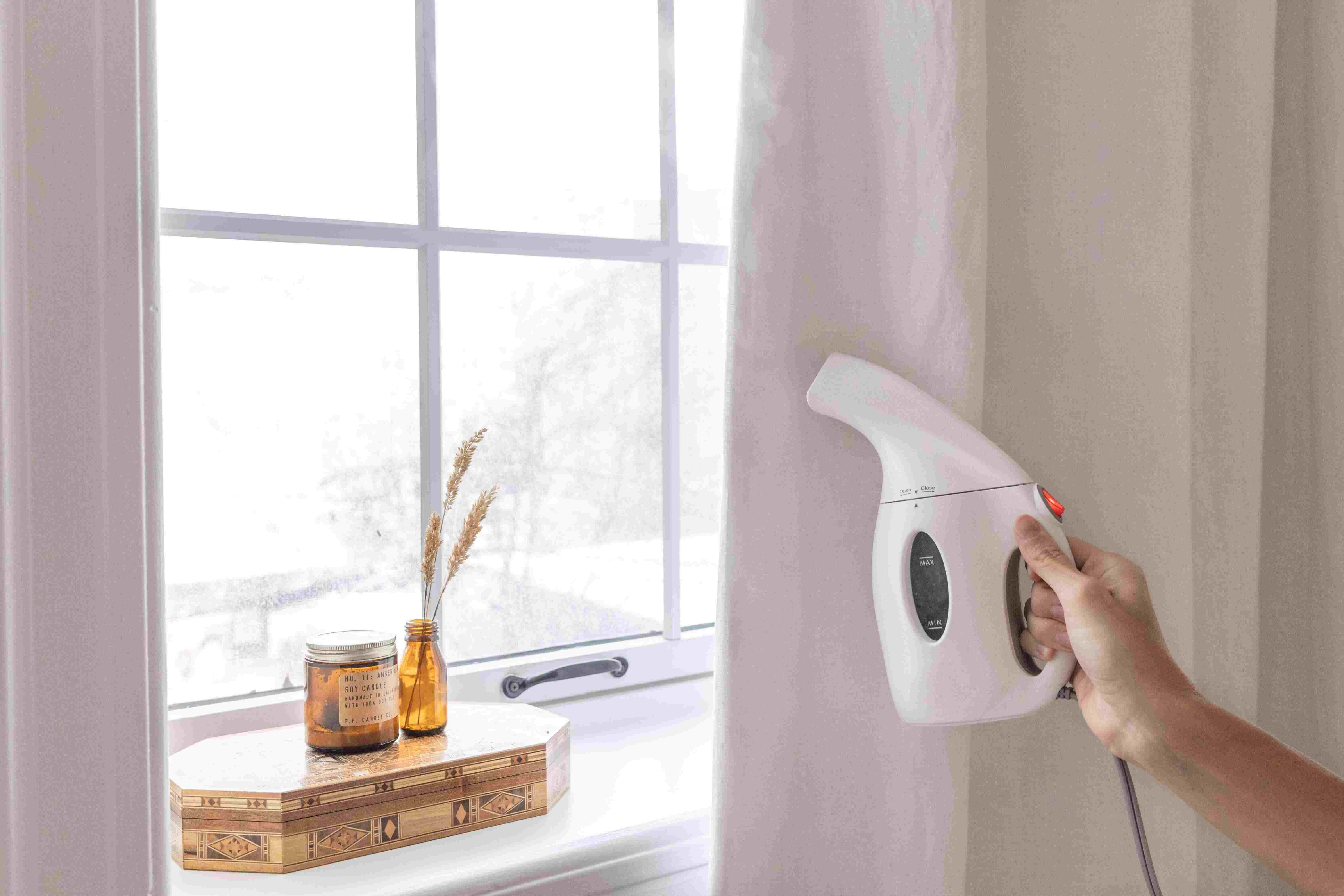
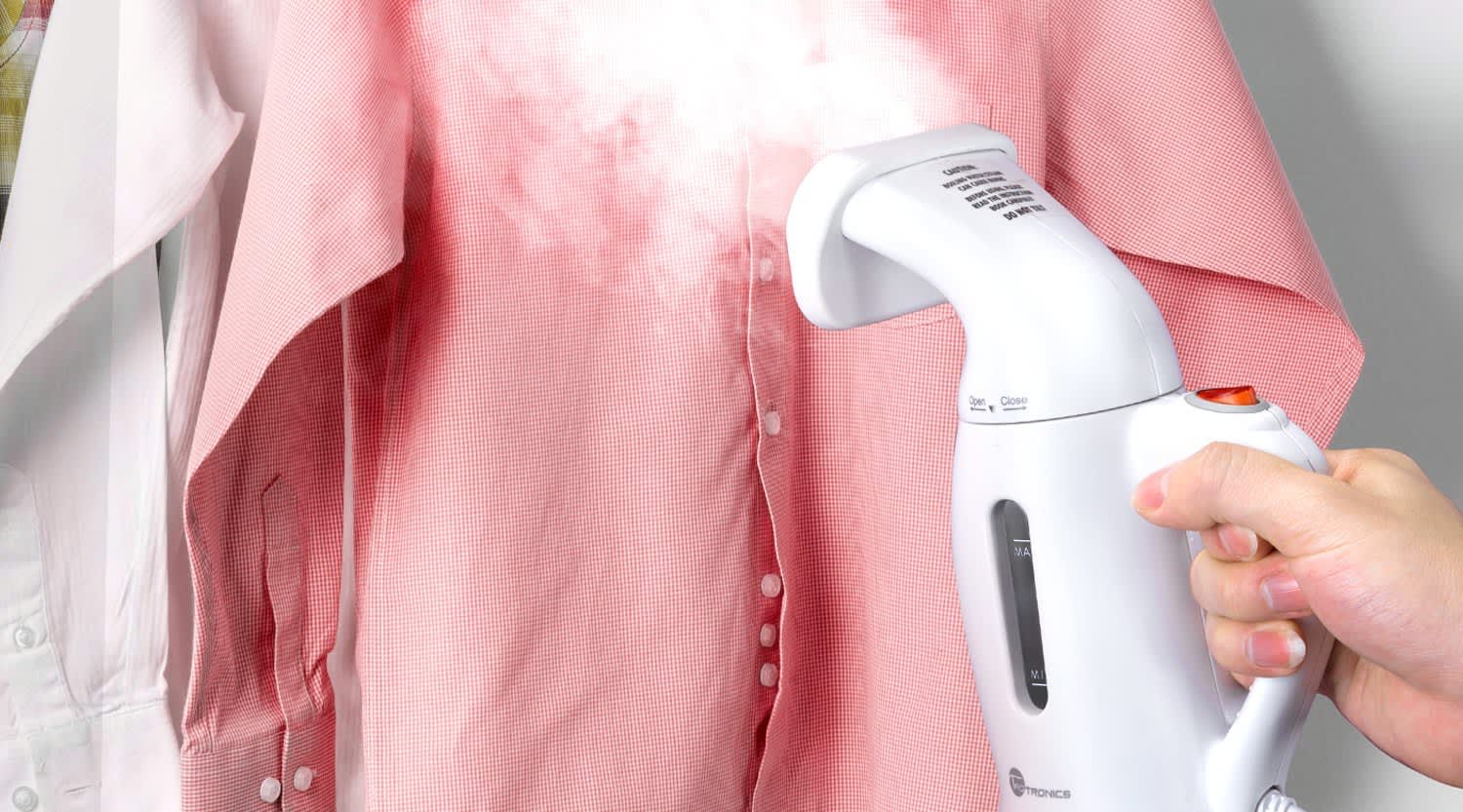
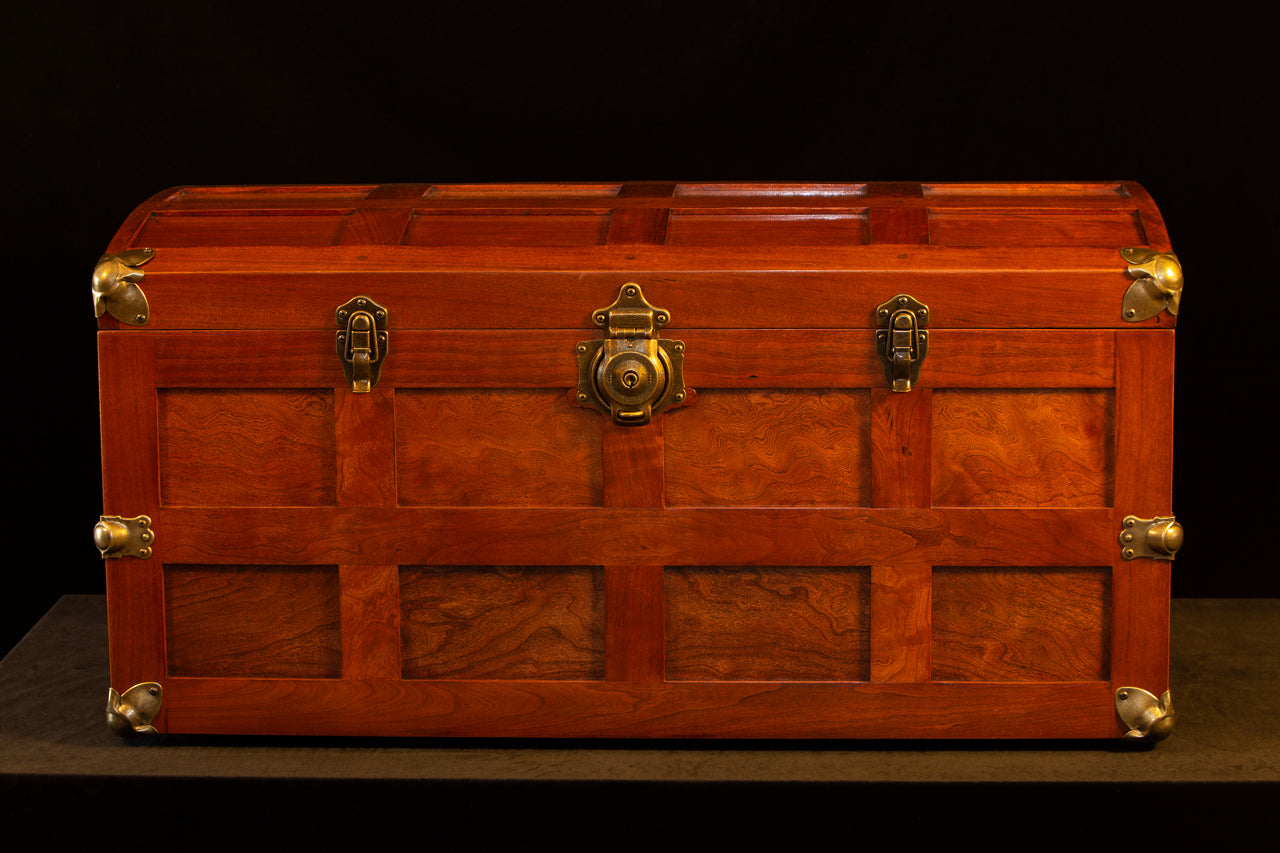
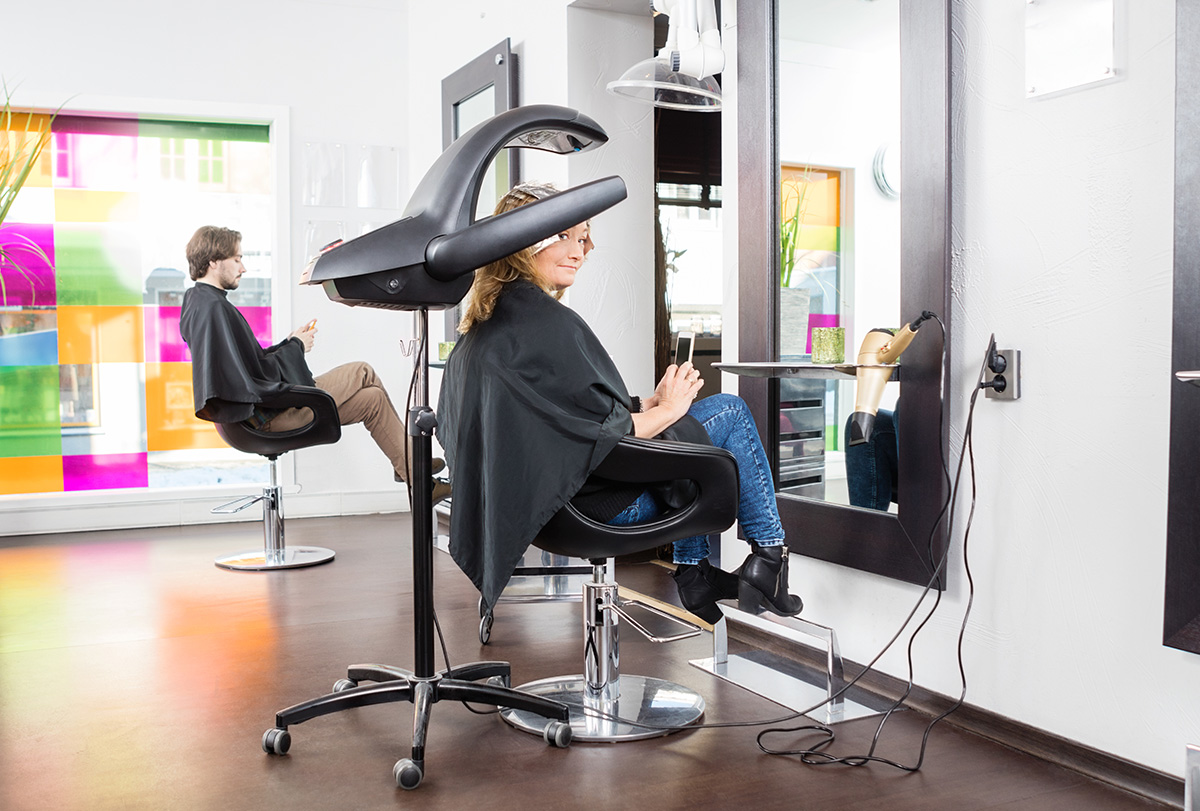
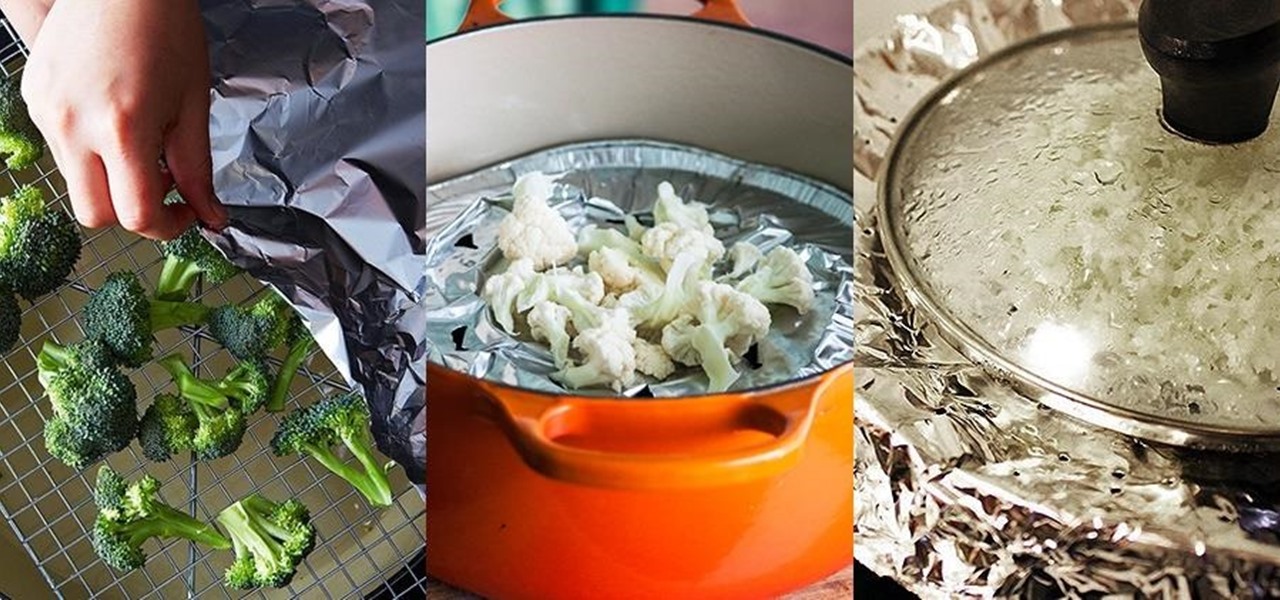
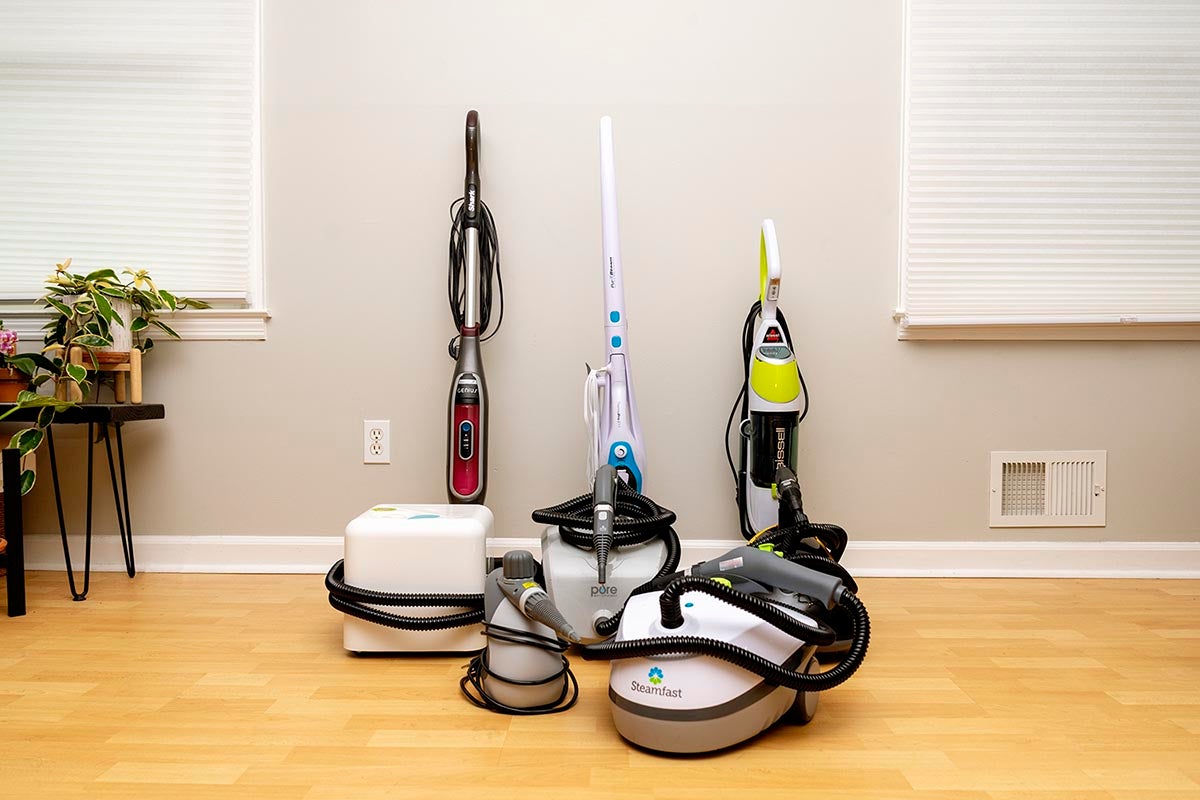
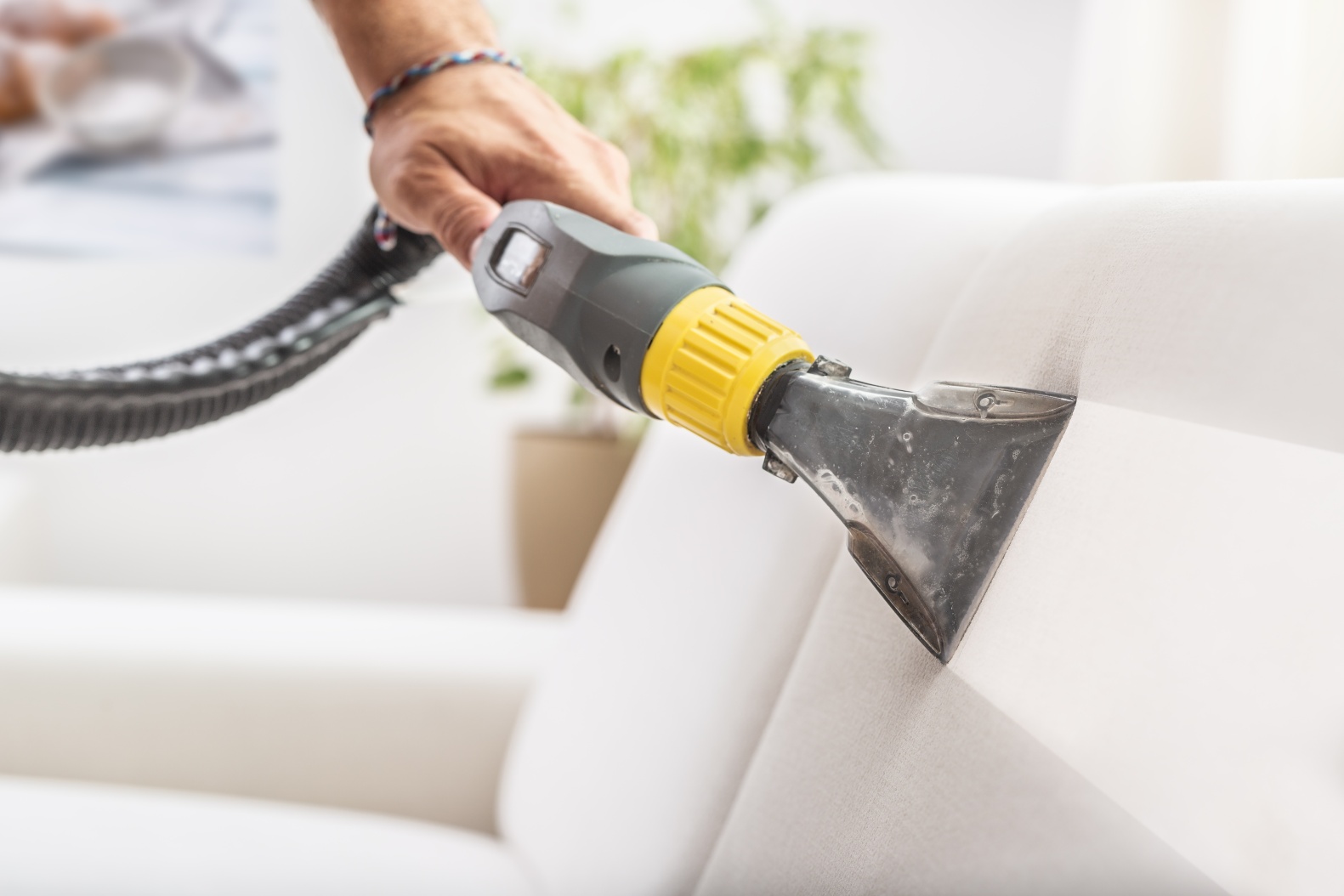
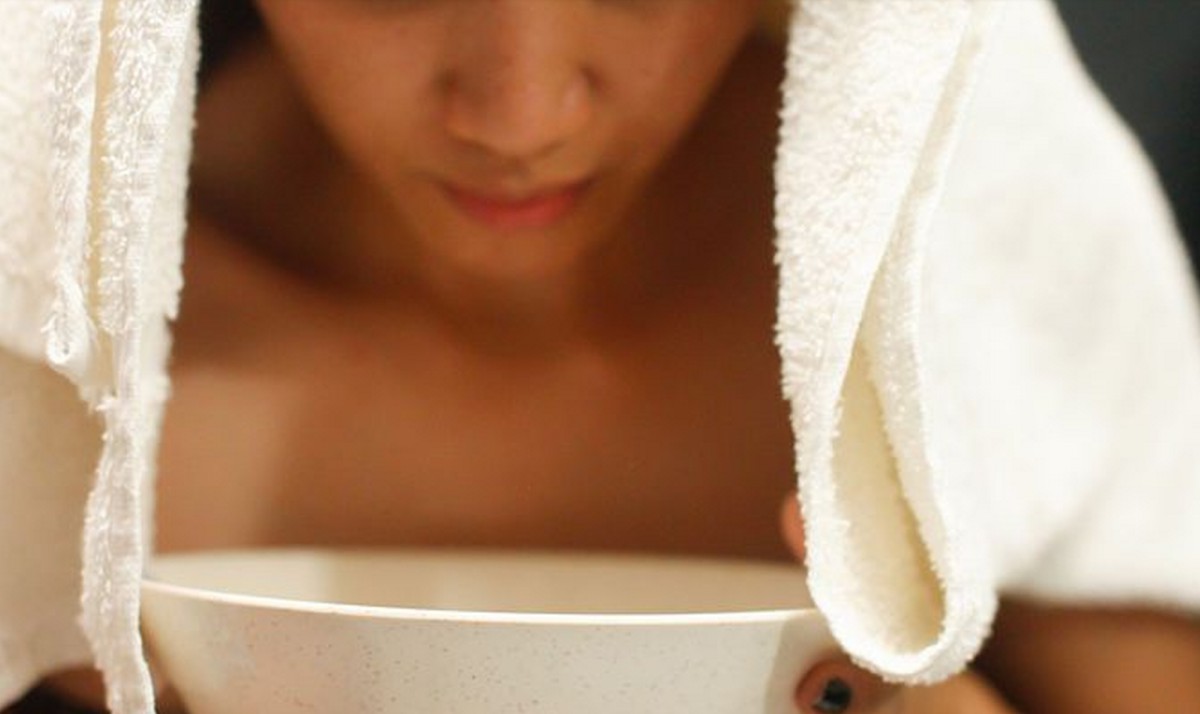

0 thoughts on “What Is The Ideal Treatment Time For A Garment Steamer”